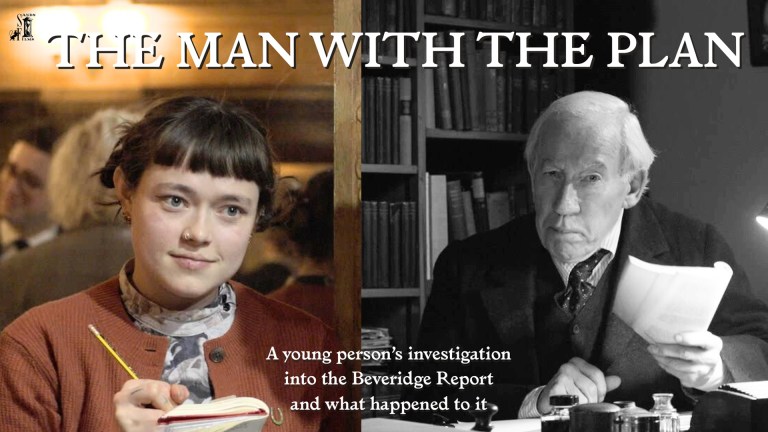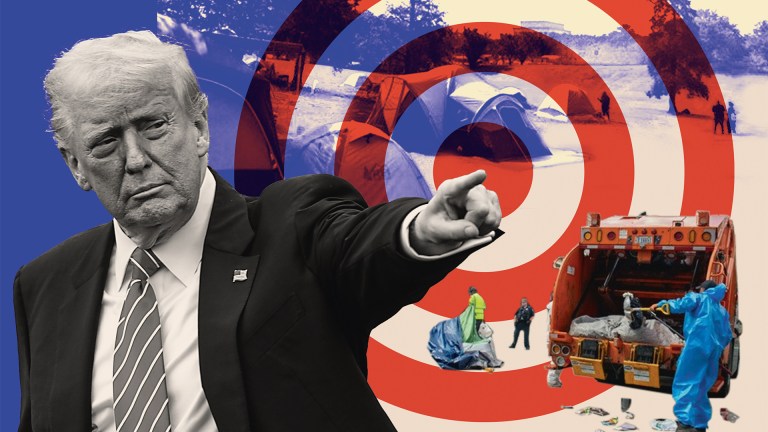The cost of living crisis, like Covid nasal tests and Line Of Duty, feels of another time. Though just a few months ago a dominant global concern, it’s now yesterday’s man. So, clearly, now it’s all over and everything is absolutely dandy and tickety boo.
If only. This is the problem with neat phrases to sum up a host of major interlocking issues. When another phrase comes along, the older one is immediately binned. Like that meme of the bloke holding hands with his girl but rubber necking to check out the new girl who has just caught his eye. That meme also, ironically, is something that feels of the time of the cost of living crisis.
Get the latest news and insight into how the Big Issue magazine is made by signing up for the Inside Big Issue newsletter
There is a point to this blitheness and these merry japes. It’s to focus minds. The cost of living crisis hasn’t gone away. It has metastasized. Poverty has become so pervasive and endemic that it is a regular companion, a part of everything all the time, and the darkness of it becomes just another stat. The cost of living crisis has not been calmed, it has been normalised.
It’s important to continue to look at the evidence and see the depth of the problem. Big Issue reported last week on new figures about the bleak, spidery reach of child poverty. Over 40% of schools in England and Wales are dipping into their budgets to buy additional food for hungry children. This figure grows to 60% in the most impoverished areas, according to a survey carried out by charity Teach First. This figure includes payment for catering debt and food, whether in breakfast clubs or after school.
You and me, we can have a long, extended debate about what schools are for, about where parent ends and teacher begins, about the need to make pupils ready for the world or ready for exams, and whether, at times, schools are a more than useful place of childminding to allow parents to construct working weeks.









